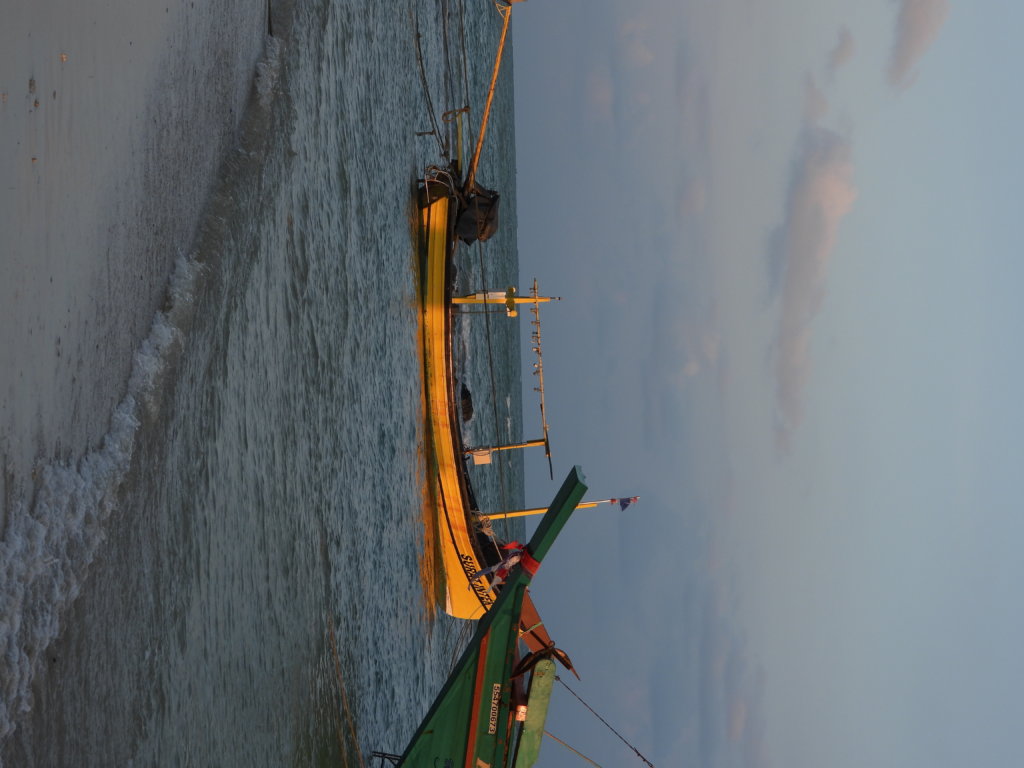

cpclean has largely replaced ptoclean, but you could still run it like this: Other control point cleaners are ptscluster and ptoclean. If you want you can create intermediate temporary files and keep each step in case you need to backtrack. Note that in both cases we are overwriting the input project.pto file with the cleaned output. There are currently two useful tools for cleaning control points: celeste removes points from areas of sky and cpclean removes points with large error distances, first celeste_standalone:Ĭeleste_standalone -i project.pto -o project.pto First it is a good idea to clean up the control points. You could go ahead and optimise this project file straight away, but this can be a bit hit and miss. This still isn't a finished panorama, at the very least this involves optimising the camera positions and then rendering the output. pto project with control points (if any) linking the three photos, note that the projection format (f0, rectilinear) of the input photos and approximate horizontal angle of view (v50, 50 degrees) have to be specified. Here is an example for autopano-sift-c:Īutopano-sift-c -projection 0,50 project.pto DSC_1234.JPG DSC_1235.JPG DSC_1236.JPG In this case the pto generation and control point generation are one step. Hint: Other control points generator, such as autopano-sift, autopano-sift-c, panomatic and match-n-shift take a list of images instead of a project. Here is an example using cpfindĬpfind -multirow -o project.pto project.pto

There are a number of tools available for generating control points from groups of photos, like cpfind. You can specify more options to the project (see pto_gen for details). Pto_gen -o project.pto image1.jpg image2.jpg image3.jpg You can also specify single images and your own project name Will put all jpg files in the current directory into one project file with a default name. So the first step is to create this pto file. Most of hugin tools take a pto file as input and output.
Hugin panorama erstellen series#
The entire panorama creation process can be performed on the command-line, and therefore scripted, doing this involves a series of steps similar to the workflow in a GUI tool. Nona -o out -m TIFF template.pto DSC_1234.JPG DSC_1235.JPG DSC_1236.JPGĬreating hugin projects on the command-line If the internal blender is used, the commands simplify to The second enblend command uses these TIFF files as input and merges them to a file called finished.tif. the list of input images can be substituted with any set of identically sized photos. The first nona command creates three remapped TIFF images called out0000.tif, out0001.tif etc. Nona -o out -m TIFF_m template.pto DSC_1234.JPG DSC_1235.JPG DSC_1236.JPGĮnblend -o finished.tif out0000.tif out0001.tif out0002.tif It uses nona for remapping, and enblend for blending the remapped photos into a finished TIFF image: This example takes a pre-existing project called template.pto, created with three photos. Lets start with a basic but common use case: Photographers with quality panoramic tripod heads can reproduce identical sets of photos every time, in this situation there is no need to create a new stitching project for every panorama, it is enough to use a single project as a template. These files are simple plain-text, sometimes it is useful to modify them directly with a text editor - Further on we will introduce various methods for manipulating them via the 'programming' kind of scripts. The file format first used in Helmut Dersch's Panorama tools is often referred to as a 'script', but a 'PanoTools' script is really a data file describing a 'panorama stitching project'.Īlthough these original PanoTools are less used today, the file format is alive and well with several variations used as project files by PTGui, PTAssembler, hugin and related tools. This is an indication that something is wrong - The computer exists to do the boring work and scripting is one way to make this happen. This is true, but perhaps you find that you are spending more time operating a computer than being a photographer.


 0 kommentar(er)
0 kommentar(er)
